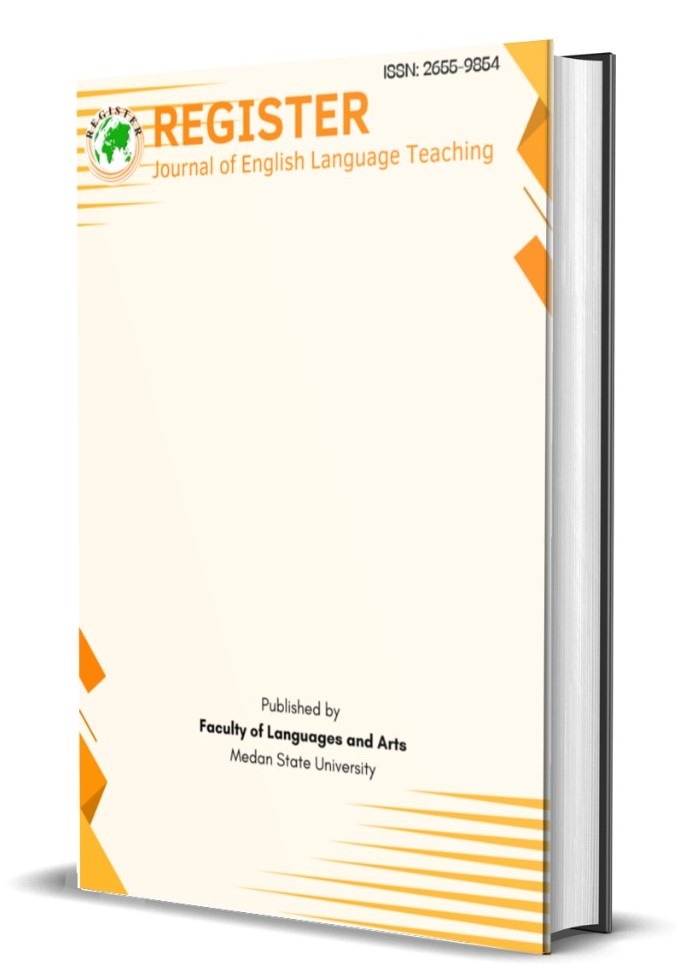The Use of RAFT Strategy in Teaching Writing Personal Letters at SMAN 3 Kisaran
DOI:
https://doi.org/10.24114/reg.v14i3.67484Abstract
This study aims to describe the use of the RAFT (Role, Audience, Format, Topic) strategy in teaching personal letters to eleventh-grade students at SMA N 3 Kisaran. Many students often face difficulties in starting their writing, expressing ideas, and organizing content in a personal letter. The RAFT strategy is used to help students write from a specific perspective, focus on the intended audience, and follow the correct format. This descriptive qualitative research was conducted through observation, student writing analysis, and interviews. The results showed that RAFT helped students generate ideas more easily, improved the structure and relevance of their letters, and increased their engagement during writing activities. Students also reported that the strategy made the task more meaningful and enjoyable. Therefore, the RAFT strategy can be considered an effective alternative to support students' writing skills in personal letter texts.Downloads
Published
Issue
Section
License
Copyright (c) 2025 Ihdini Sabila Harahap, Lis Supiatman, Dalila Haini

This work is licensed under a Creative Commons Attribution-NonCommercial-ShareAlike 4.0 International License.
Authors who publish with this journal agree with the following terms:
- Authors retain copyright and grant the journal right of first publication with the work simultaneously licensed under a Creative Commons Attribution License that allows others to share the work with an acknowledgment of the work's authorship and initial publication in this journal.
- Authors are able to enter into separate, additional contractual arrangements for the non-exclusive distribution of the journal's published version of the work (e.g., post it to an institutional repository or publish it in a book), with an acknowledgement of its initial publication in this journal.
- Authors are permitted and encouraged to post their work online (e.g., in institutional repositories or on their website) prior to and during the submission process, as it can lead to productive exchanges, as well as earlier and greater citation of published work (See The Effect of Open Access).
- This work is licensed under a Creative Commons Attribution-ShareAlike 4.0 International License.








